Home>Ideas and Tips>Indoor Dwarf Citrus Tree Care: Grow Lemons, Limes, and Oranges
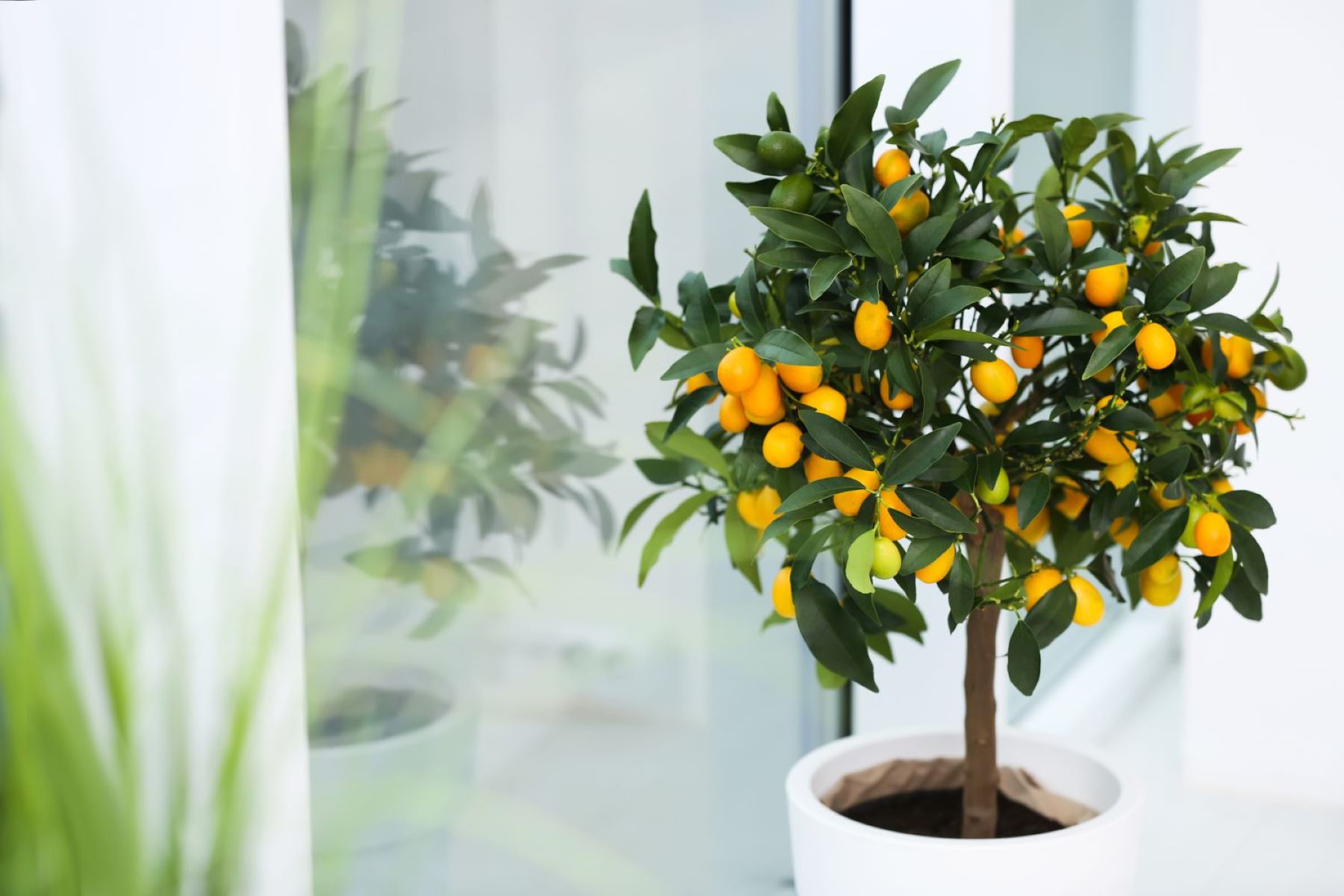

Ideas and Tips
Indoor Dwarf Citrus Tree Care: Grow Lemons, Limes, and Oranges
Published: September 24, 2024
Learn how to care for indoor dwarf citrus trees and grow your own lemons, limes, and oranges with our comprehensive guide.
(Many of the links in this article redirect to a specific reviewed product. Your purchase of these products through affiliate links helps to generate commission for Storables.com, at no extra cost. Learn more)
Growing citrus trees indoors can be a rewarding experience, especially when you choose dwarf varieties that are specifically designed for container gardening. These compact trees can thrive in the right conditions, providing you with a constant supply of fresh lemons, limes, and oranges. In this article, we will delve into the specifics of caring for your indoor dwarf citrus tree, covering everything from choosing the right variety to managing pests and ensuring optimal growth.
Choosing the Right Variety
When selecting a dwarf citrus tree for indoor growth, it's essential to choose a variety that is well-suited for container gardening. Some popular options include:
-
Calamondin Orange: Known for its small, sour fruits and compact growth, the Calamondin orange is one of the most common species grown indoors. Its fruits are perfect for making marmalade or using as a garnish in summer drinks.
-
Tahitian Orange (Otaheite Orange): This dwarf cross between a lemon and a tangerine is another popular choice. It produces abundant fragrant flowers and small fruits that are great for cooking.
-
Tangerine: Tangerines, including Satsumas which are actually a type of tangerine, are excellent choices for indoor growth. They have abundant fragrant flowers and produce delicious fruits.
-
Kumquat: Kumquats are small, sweet fruits that grow on compact trees. They are easy to care for and can thrive in indoor conditions.
-
Lemon: Both 'Ponderosa' and 'Meyer' lemons are popular varieties for indoor cultivation. They produce flavorful fruits and can be used in a variety of recipes.
-
Lime: While limes can be more challenging to grow indoors due to their higher light requirements, some dwarf varieties like the 'Dwarf Mexican' lime can thrive in the right conditions.
Lighting Requirements
One of the most critical factors in growing a healthy dwarf citrus tree indoors is providing sufficient light. Citrus plants naturally thrive in warm, sunny climates, so they require bright light to photosynthesize and grow.
Indoor Lighting
When placing your citrus tree indoors, aim for a spot that receives at least 6 hours of direct sunlight per day. Ideally, place the tree near a south or southwest-facing window to maximize the amount of natural light it receives. If this is not possible, consider using supplemental lighting such as fluorescent or LED grow lights. These can provide the necessary spectrum and intensity for optimal growth.
Seasonal Adjustments
During the winter months when natural light is scarce, it's essential to adjust your tree's lighting accordingly. Move the tree to a spot with the strongest available light, such as a south-facing window. If this is not feasible, consider using additional grow lights to ensure your tree receives at least 6 hours of direct light daily.
Outdoor Placement
In the spring after the danger of frost has passed, you can move your dwarf citrus tree outdoors to take advantage of the full sun. Place it in a sunny location that isn’t too windy and where the containers won’t be standing in water or receive frequent, shallow watering. Warmer microclimates such as near a building or where there is reflected heat from a patio or walkway are ideal. However, be sure to acclimate the tree gradually over a period of one to two weeks, moving it from a sheltered, partly shaded spot into full sun. This will prevent leaf sunburn and other stress-related issues.
Watering
Proper watering is crucial for maintaining the health of your dwarf citrus tree. Citrus plants prefer moist but not soggy soil. Here are some guidelines for watering:
Soil Moisture Check
Check the soil moisture once or twice each week by pressing a finger down 2 inches into the soil. If it feels dry, it's time to water. Thoroughly add water until it drains out from the bottom of the pot. Remove any excess water from the saucer or tray underneath; plants should not sit in standing water.
Infrequent Deep Watering
Infrequent, deep watering is preferable to frequent, shallow applications. This helps prevent root rot and ensures that the soil has enough moisture without becoming waterlogged.
Signs of Overwatering
Overwatering is one of the most common causes of poor indoor citrus tree health. Signs include cupped or yellowed leaves, which can indicate that the soil is too wet. Reduce watering in winter when plants are not actively growing.
Temperature and Humidity
Citrus plants naturally thrive in warm, humid environments. Here are some guidelines for maintaining optimal temperature and humidity levels:
Temperature
Citrus plants grow best indoors with daytime temperatures ranging from 65°F to 85°F (18°C to 30°C). Nighttime temperatures should drop by 5-10 degrees for optimal growth. Avoid abrupt temperature shifts, as these can cause stress to the plant.
Humidity
Citrus plants prefer a humid environment, typically above 50%. During the winter months when indoor air is notoriously dry, consider using an automatic humidifier near your plant to increase the humidity level. Misting the trees daily with a spray bottle can also help maintain humidity, but this method requires more frequent maintenance.
Soil Requirements
The right potting mix is essential for growing healthy dwarf citrus trees. Here are some guidelines for selecting and preparing the soil:
Read more: How To Grow Lime Tree From Seed
Potting Mix
Use a slightly acid, well-drained potting medium such as cactus mix or amend regular commercial potting medium with up to 1/3 small pea gravel, pumice, turkey grit, and/or other inorganic materials to improve drainage. Avoid using growing media formulated for moisture retention as this can lead to waterlogged soil and root rot.
Container Selection
Choose containers with sufficient drainage holes to prevent waterlogged soil. Clay, plastic, or decorative containers are all suitable as long as they have adequate drainage. Start plants in smaller pots and move to larger sizes as they grow to avoid too much potting medium relative to the amount of foliage.
Fertilization
Dwarf citrus trees are heavy feeders and require more nitrogen than phosphorus or potassium. Here are some guidelines for fertilizing your tree:
Fertilizer Selection
Use specialized citrus/avocado fertilizers or any all-purpose or acid-loving plant fertilizer that supplies at least a 2-1-1 ratio (nitrogen-phosphorus-potassium). Trace minerals like iron, zinc, and manganese may need to be added, especially if using multipurpose fertilizers.
Fertilization Schedule
Fertilize the plant only when it is actively growing, usually April through August or September. Granular, slow-release formulations are best but frequent, dilute applications of soluble fertilizer can be made during the growing season.
Signs of Nutritional Deficiencies
Yellowing leaves may indicate a need for more fertilizer. Regularly inspect your tree's foliage to ensure it remains green and healthy.
Pest Management
Pests like brown soft scale, two-spotted spider mite, aphids, mealybugs, and whiteflies can infest citrus trees indoors. Here are some methods for managing these pests:
Regular Inspections
Regularly inspect your tree's leaves and branches for signs of pests. Check the undersides of leaves as well as the tops for any infestations.
Read more: How To Grow An Orange Tree From Seed
Washing Foliage
Washing the foliage periodically with water can help deter pests. This method is particularly effective against soft scales and spider mites.
Insecticidal Soap
Use insecticidal soap or synthetic insecticides against common citrus pests. Physically wiping the scales off the leaves and branches may also be necessary as sprays will only kill the crawler stage of the insect.
Horticultural Oil
Light horticultural oil can be effective against scales. Multiple applications may be required to achieve control over pest infestations.
Pollination
Citrus plants require pollination to produce fruit. Here are some methods for ensuring proper pollination:
Read more: How To Grow A Lemon Tree From Seed In Water
Hand Pollination
Since insects are not typically present indoors to pollinate citrus flowers, hand pollination is necessary. Gently shake the flowers or flick them with your fingers to spread pollen from flower to flower.
Propagation
Propagating new citrus plants is relatively easy using stem cuttings or seeds.
Stem Cuttings
Stem cuttings root easily. Use new shoots that have been allowed to harden slightly before taking cuttings in the spring or summer when the plants are actively growing. Root the cuttings in fresh potting mix, keeping them slightly moist until new roots reach a length of one inch or so. Repot when necessary.
Seeds
Growing citrus from seeds is another option but it's less common as plants grown from seed seldom get large enough to flower and fruit. Seeds can be placed about one-fourth inch below the surface of the potting mix, kept moist until germination occurs.
Read more: How To Store Lemons And Limes
Repotting
Citrus trees should be repotted every year or two to ensure they have enough room for their roots to grow. Here are some guidelines for repotting:
Pot Size
Use a deep pot rather than a shallow one as it will balance the tree when it gets larger and more top-heavy. Citrus can be kept in 10-12 inch pots for several years but larger containers will allow the tree to grow bigger and more productive.
Soil Preparation
When repotting, use a slightly acid, well-drained potting medium as described earlier. Avoid using growing media formulated for moisture retention as this can lead to waterlogged soil and root rot.
By following these guidelines for lighting, watering, fertilization, pest management, pollination, propagation, and repotting, you can successfully grow a healthy and productive dwarf citrus tree indoors. Whether you choose to grow lemons, limes, or oranges, these compact trees will provide you with fresh fruits and add a touch of tropical charm to your home.
Was this page helpful?
At Storables.com, we guarantee accurate and reliable information. Our content, validated by Expert Board Contributors, is crafted following stringent Editorial Policies. We're committed to providing you with well-researched, expert-backed insights for all your informational needs.
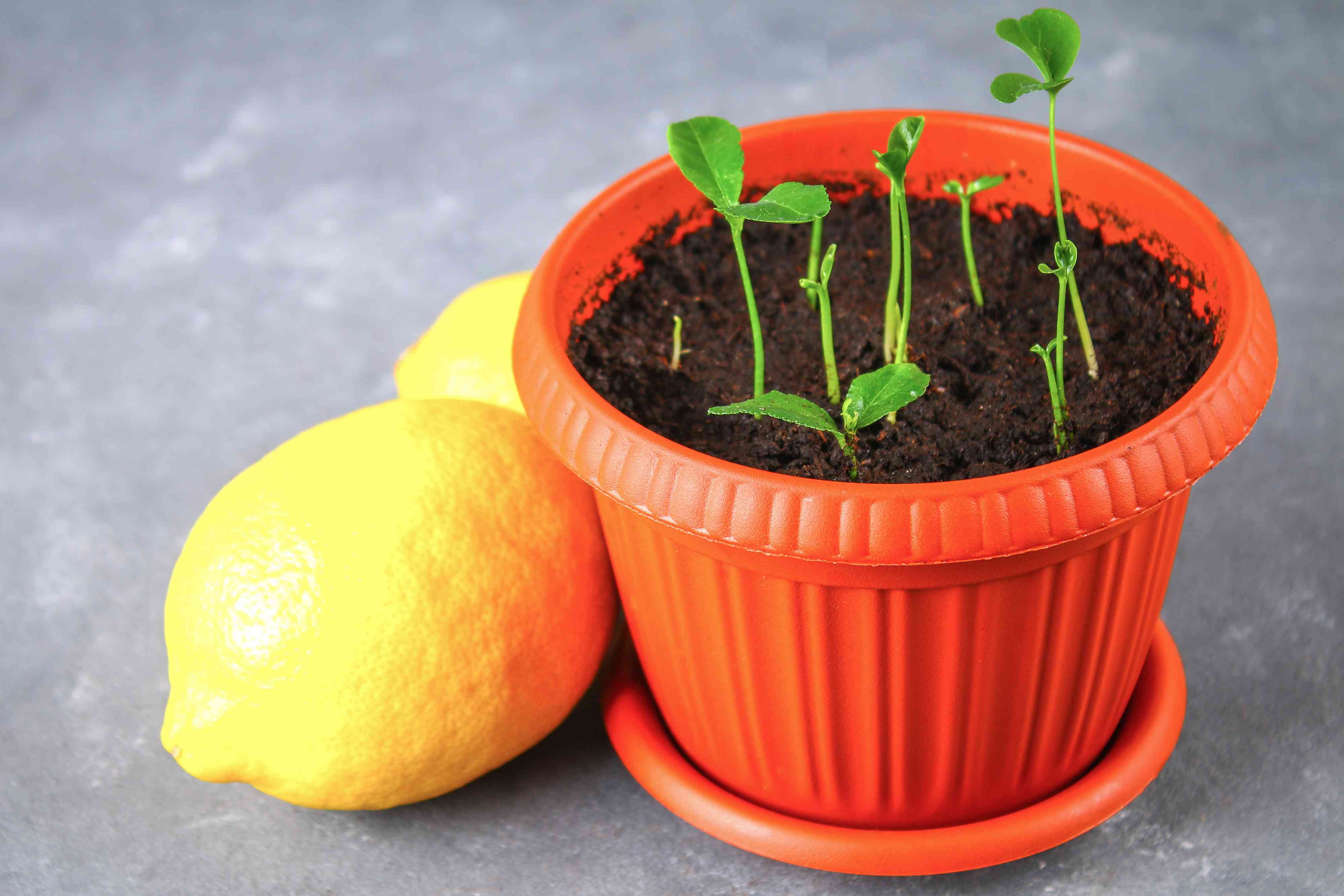
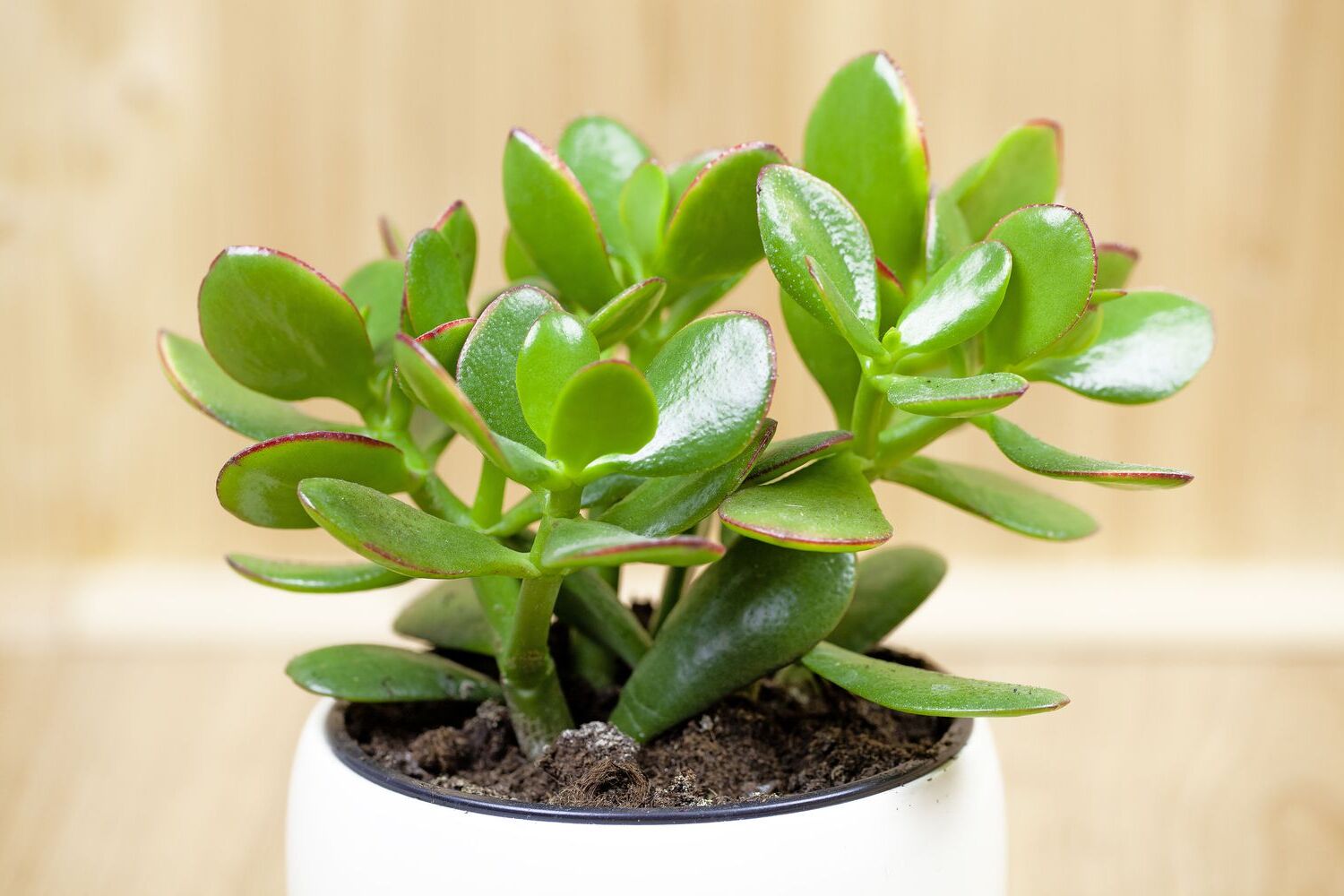
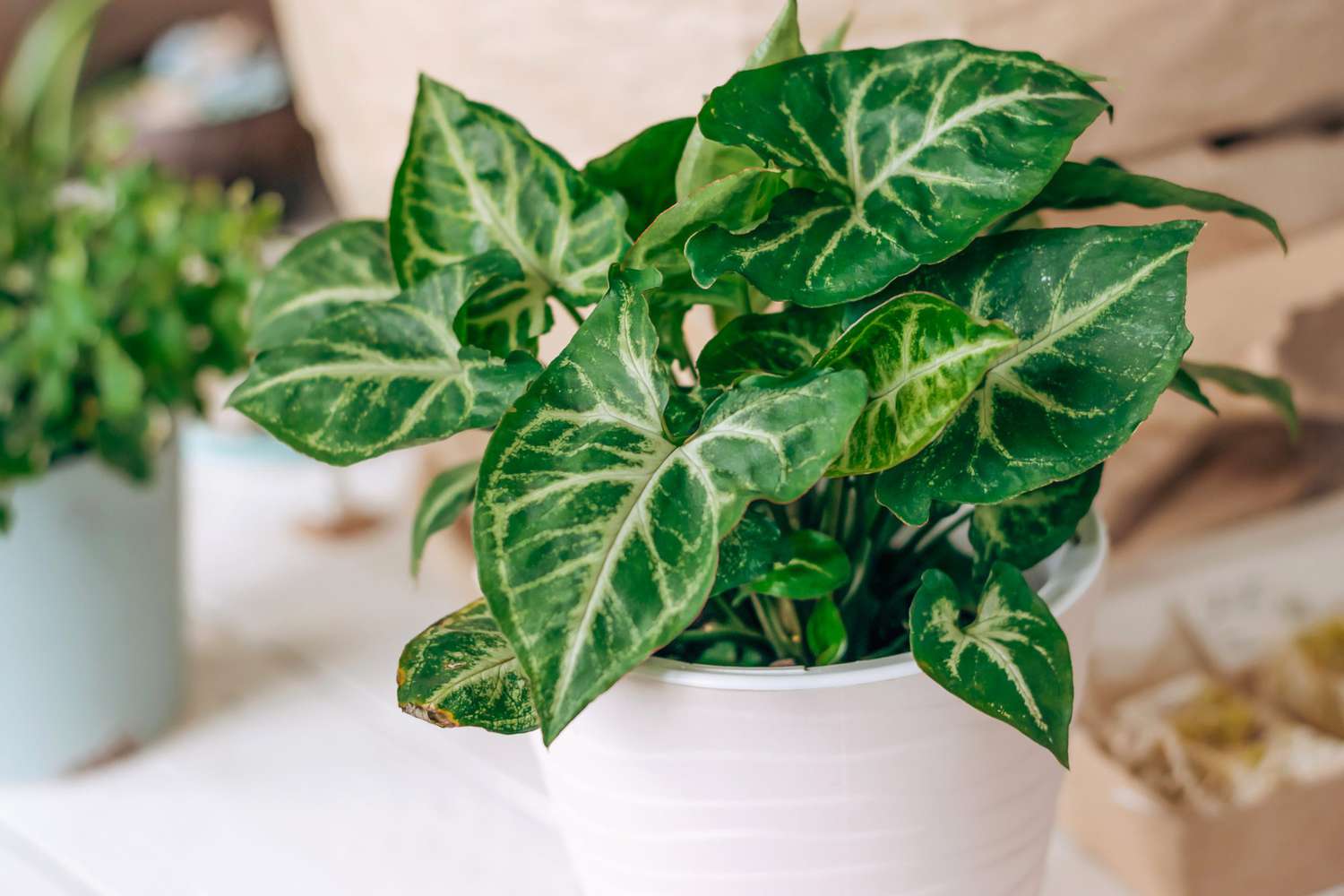
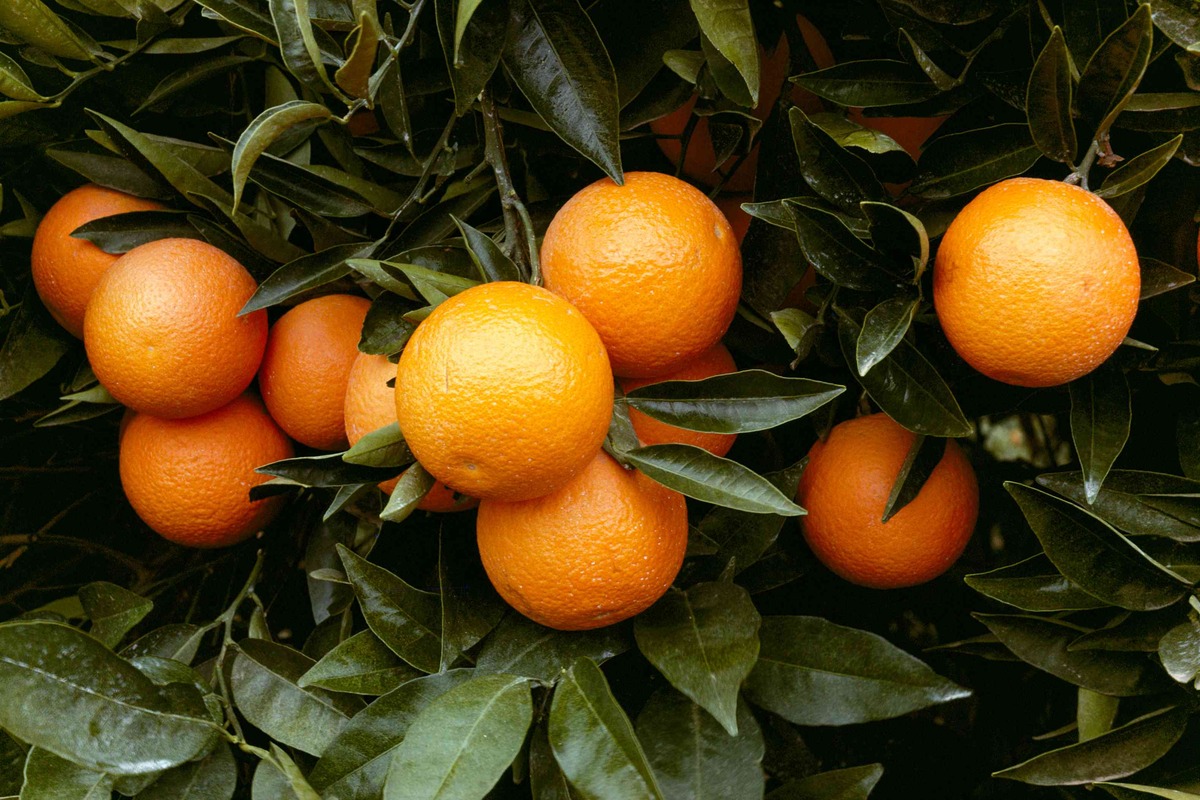
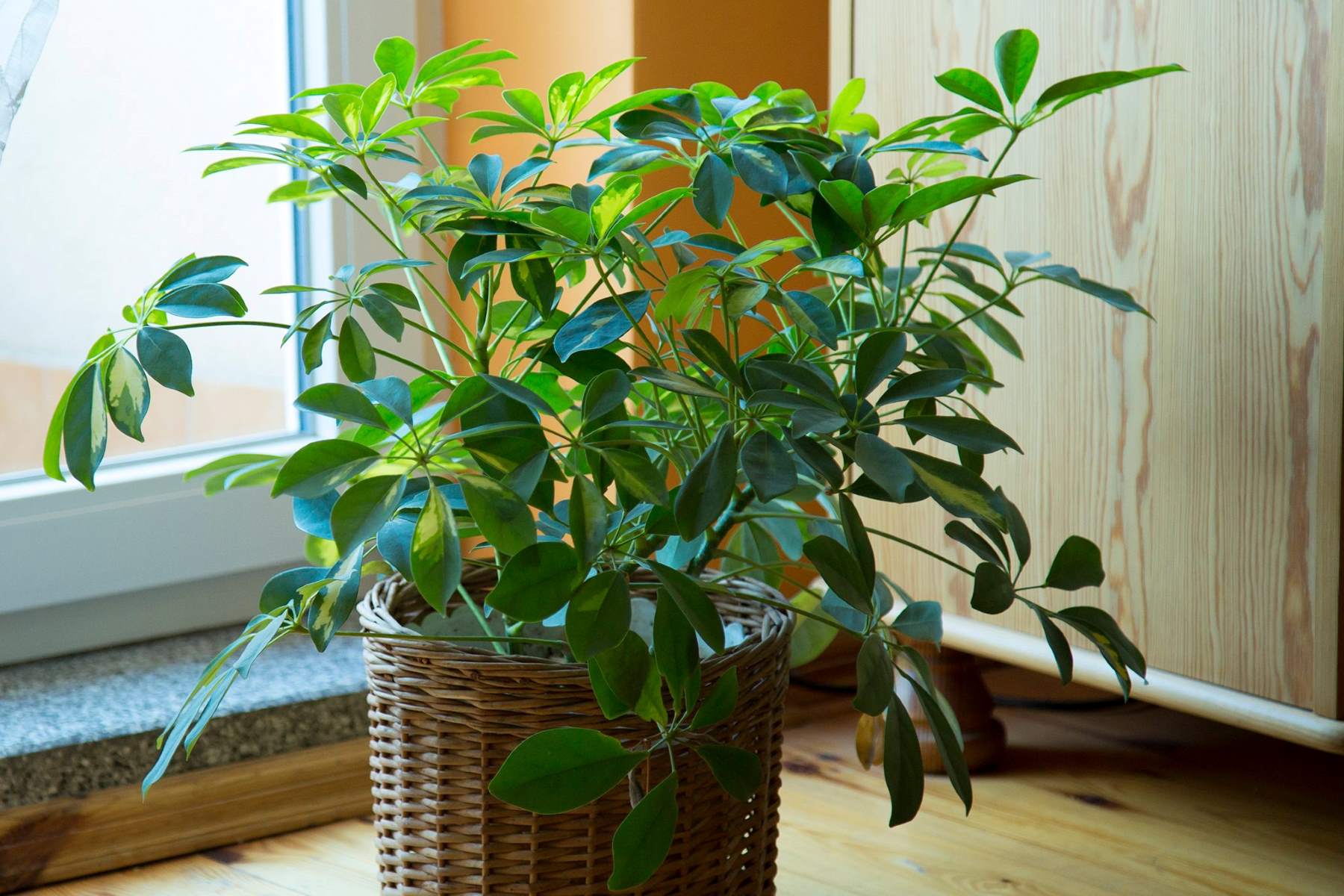
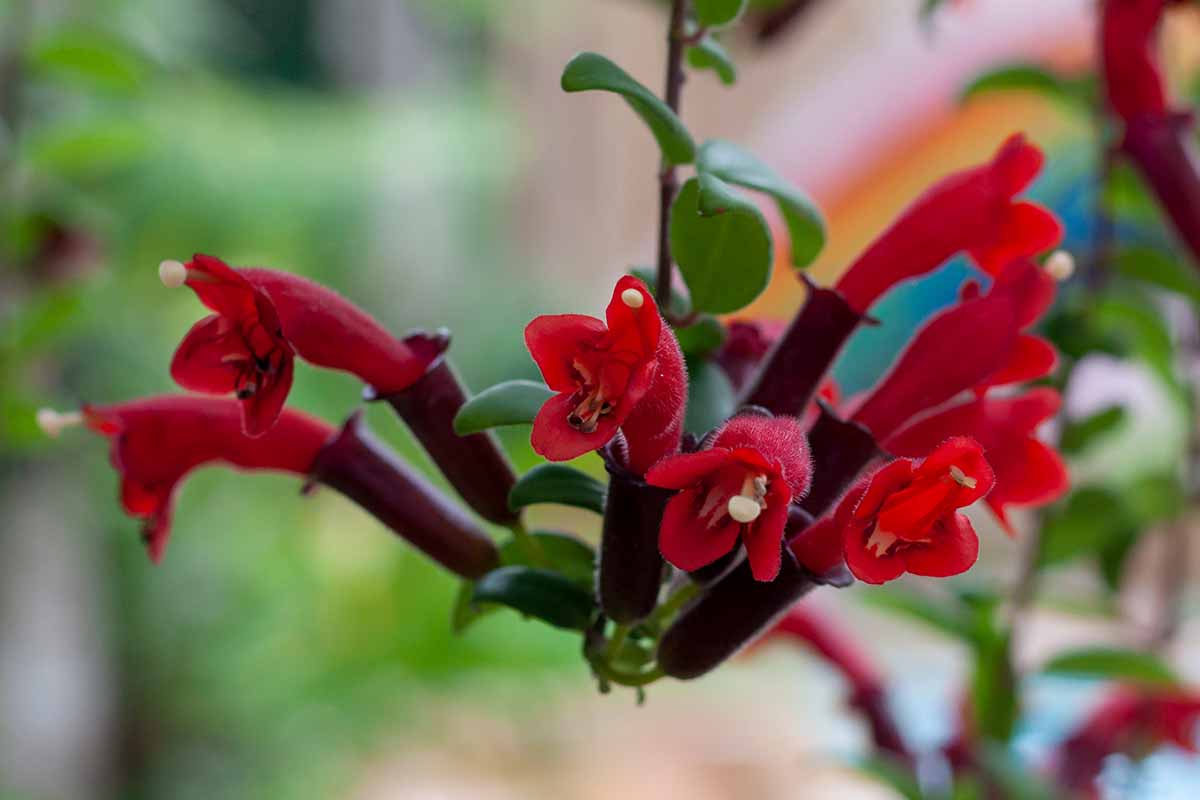
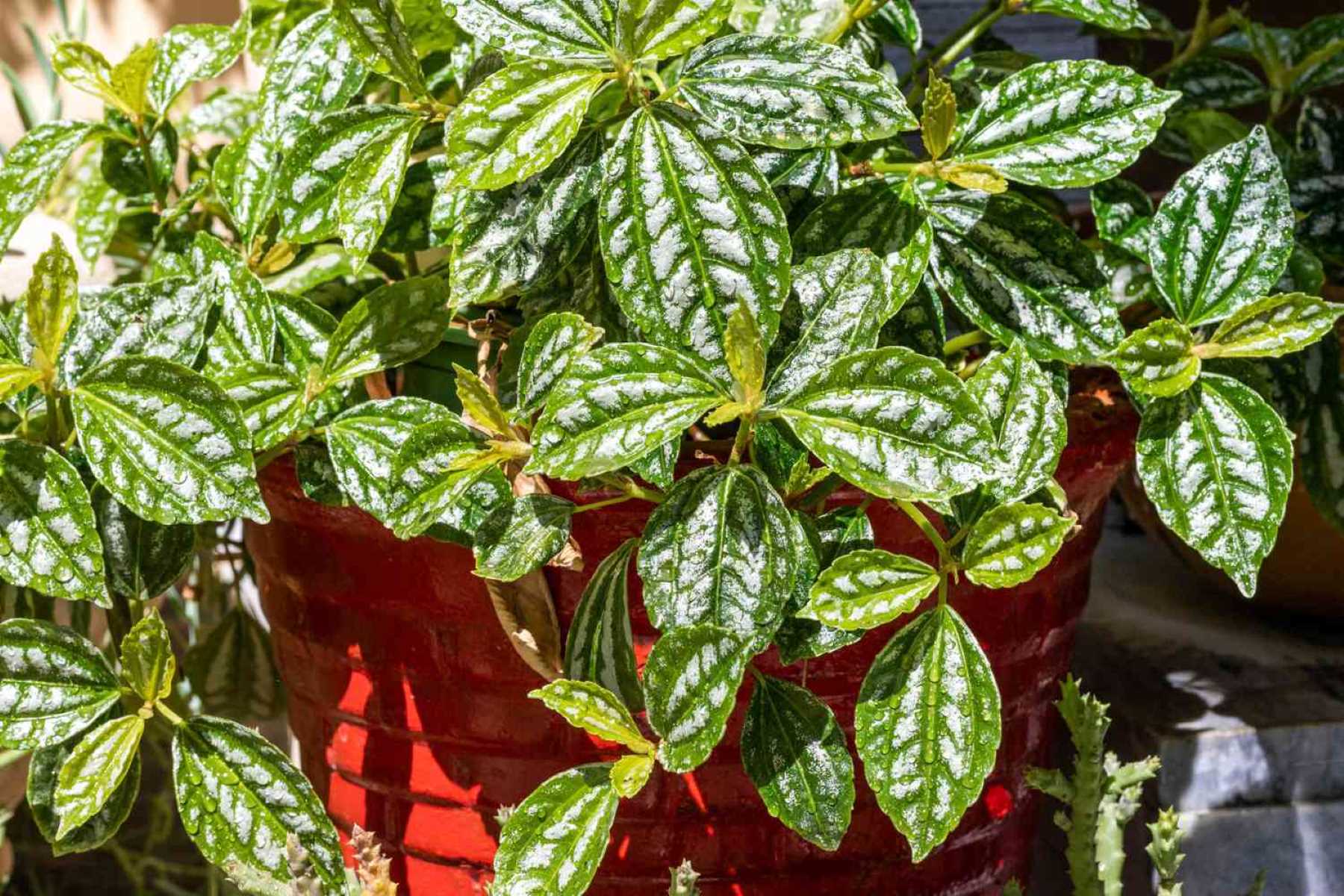
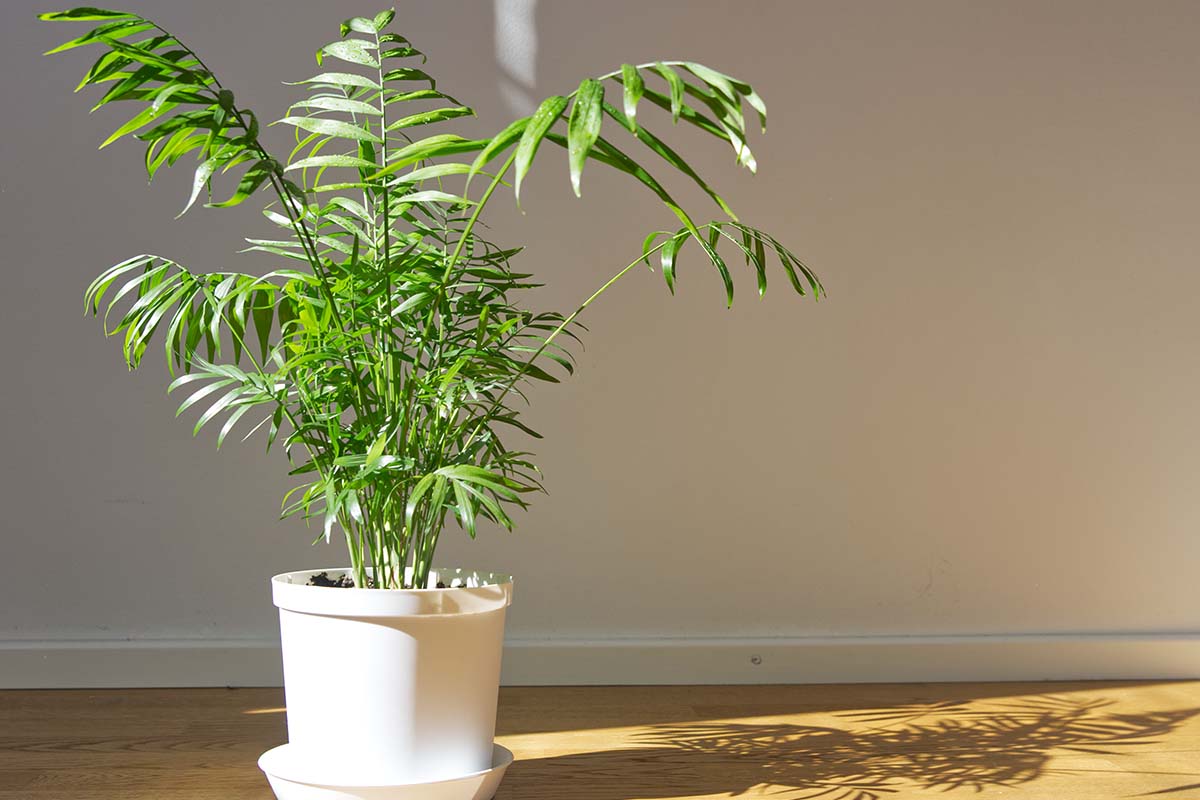

0 thoughts on “Indoor Dwarf Citrus Tree Care: Grow Lemons, Limes, and Oranges”